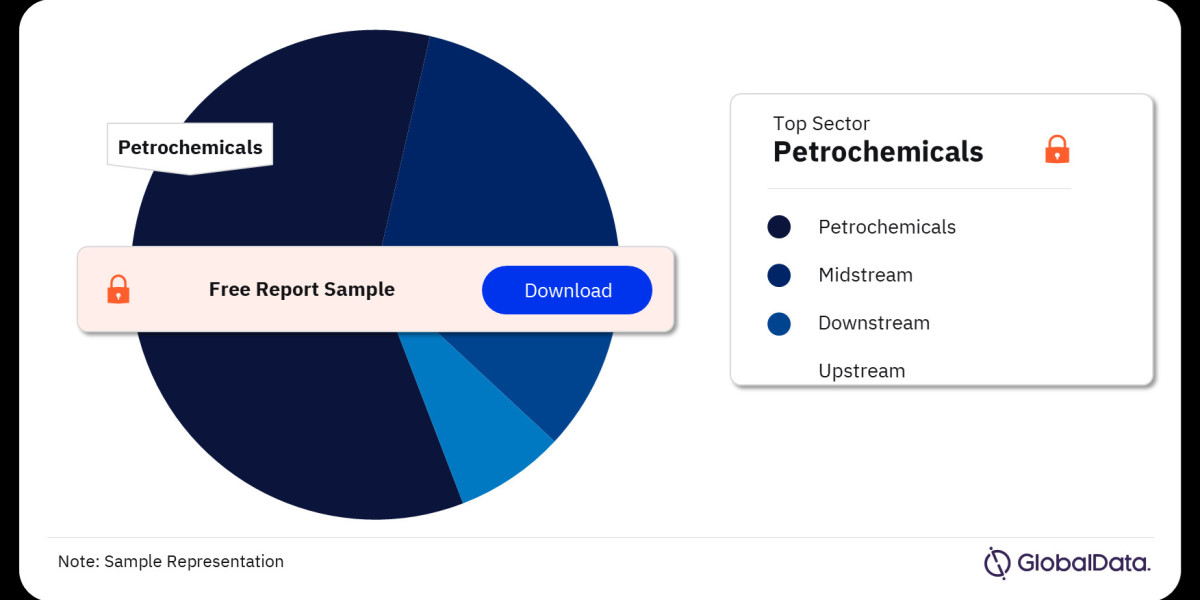This article delves into the current state and future prospects of the Middle Eastern oil and gas projects market, exploring the key trends, drivers, challenges, and opportunities that define this ever-evolving sector.
A Legacy of Oil and Gas Production
The Middle East boasts some of the world's largest proven oil and gas reserves. Saudi Arabia, Iran, Iraq, Qatar, and the United Arab Emirates (UAE) are major producers, with their national oil companies wielding significant influence over the global market. This legacy of hydrocarbon production has fueled economic growth, infrastructure development, and geopolitical power within the region.
A Market in Transformation: Trends Shaping the Future
The Middle Eastern oil and gas projects market is undergoing a period of significant transformation. Several key trends are shaping the future of the industry:
Diversification: While oil and gas remain crucial, there's a growing focus on diversification. Countries are investing in renewable energy sources like solar and wind to meet domestic demand and reduce dependence on hydrocarbons.
Focus on Downstream and Midstream: The market is witnessing a shift towards downstream and midstream projects. This includes investments in refineries, petrochemical plants, and pipelines to enhance the value derived from extracted resources.
Technological Advancements: Technological advancements such as artificial intelligence, big data, and robotics are being embraced to optimize exploration, production, and transportation processes.
LNG Developments: Liquefied Natural Gas (LNG) is gaining traction as a cleaner burning alternative to traditional fuels. This is driving investment in LNG production and export facilities.
Geopolitical Considerations: Geopolitical tensions and evolving global energy dynamics can significantly impact project feasibility and investment decisions.
Project Outlook: A Surge in Activity
The future of the Middle Eastern oil and gas projects market appears promising. According to Statista, around 598 oil and gas projects are planned to commence operations in the region between 2022 and 2026. The petrochemicals sector is expected to lead the surge, with over half of the planned projects focusing on this area. This indicates a continued emphasis on maximizing value extraction from hydrocarbons.
Key Drivers of Growth
Several factors are propelling growth in the Middle Eastern oil and gas projects market:
Rising Global Energy Demand: As the global population grows and living standards improve, the demand for energy is expected to rise. The Middle East is well-positioned to meet this demand with its vast reserves.
Government Initiatives: Governments across the region are actively implementing strategies to attract foreign investment and stimulate project development. This includes offering incentives, streamlining regulations, and focusing on developing skilled workforces.
Challenges and Risks
Despite the positive outlook, some challenges and risks need to be addressed:
Price Volatility: The oil and gas market is susceptible to price fluctuations. A sustained drop in oil prices could dampen investment and project development.
Geopolitical Instability: The Middle East is a region fraught with geopolitical tensions. Political unrest and conflicts can disrupt project timelines and investor confidence.
Energy Transition: The global shift towards renewable energy sources could pose a long-term challenge for the region's dependence on hydrocarbons.
Opportunities for Success
The Middle Eastern oil and gas projects market presents several exciting opportunities:
Technological Innovation: Embracing cutting-edge technologies can enhance efficiency, reduce costs, and minimize environmental impact.
Focus on Sustainability: Developing and implementing sustainable practices throughout the project lifecycle can attract environmentally conscious investors and enhance the region's reputation.
Regional Cooperation: Collaboration between countries in the region can foster knowledge sharing, resource optimization, and project development on a larger scale.
Conclusion: A Market Poised for Continued Significance
The Middle Eastern oil and gas projects market remains a powerhouse in the global energy landscape. While undergoing a period of transformation, the region's vast reserves, strategic location, and government initiatives position it for continued success. By embracing diversification, technological advancements, and sustainable practices, the Middle East can ensure its oil and gas projects market thrives in the years to come.
Buy the Full Report for More Sector Insights into the Middle East Oil and Gas Market, Download a Free Report Sample



